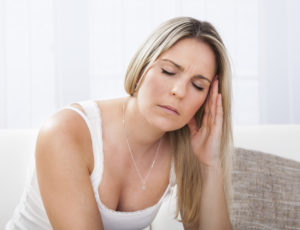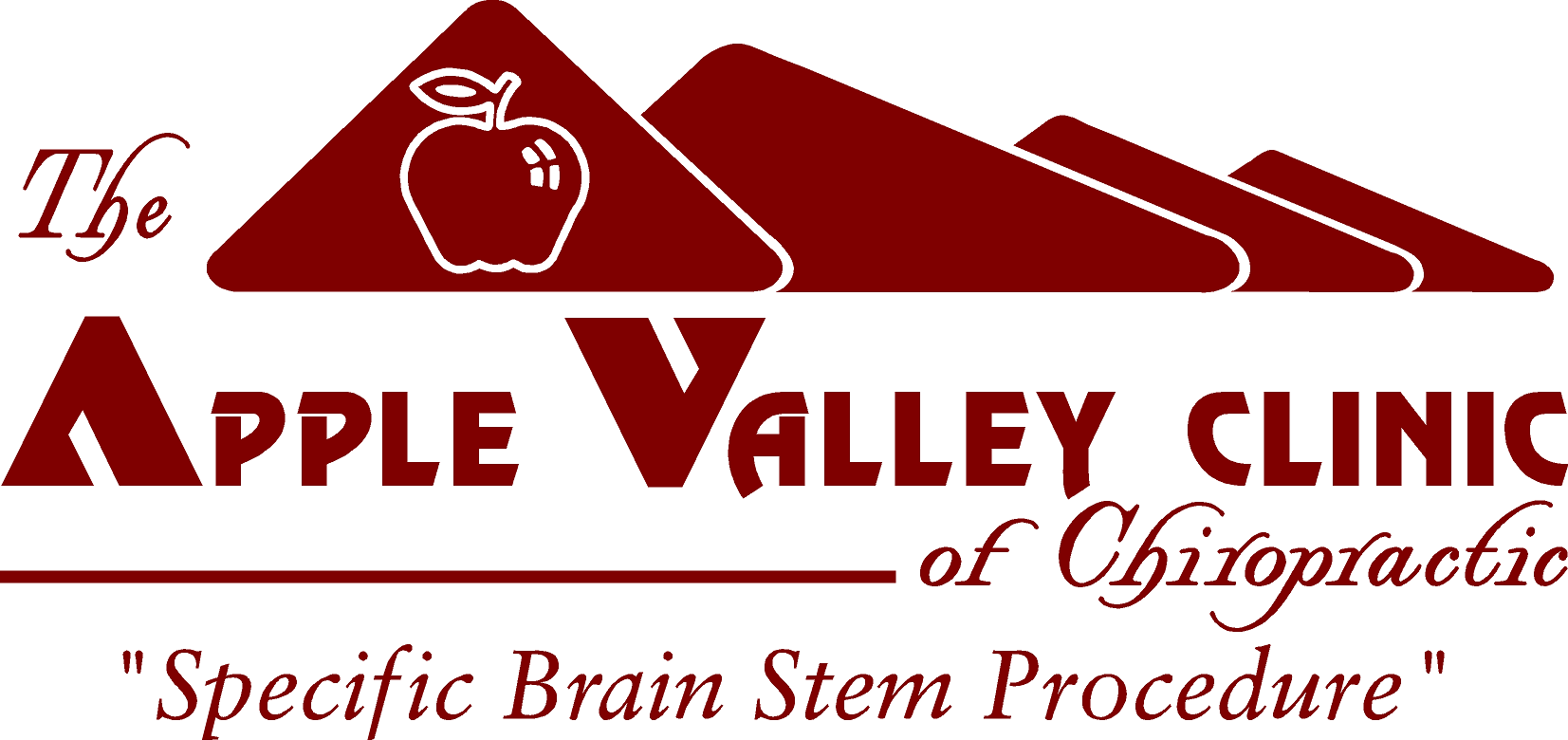
d sixth-most disabling disease globally.
Different Types of Migraines
There are two types of migraines called classic and common:
- Classic migraines: These migraines start with a warning sign or an aura. This can affect your vision and may include things like flashing lights, shadows, patterns of lines, or colors. You may even temporarily lose some of your vision. You may also have a burning or prickly sensation or muscle weakness on one side of your body. Your speech may be affected and you may feel restless, irritable, or even depressed. An aura can last for 15 – 30 minutes and may overlap the head pain. In some cases, the head pain may never occur. You may feel the pain on one or both sides of your head.
- Common migraines: These start more slowly than a classic migraine and are not accompanied by an aura. They last longer and interfere more with daily activities. Often the pain is only one sided. This is the kind of a migraine the majority of people experience.
What Is It Like to Have Migraines?
Migraines are very intense and can cause you to miss out on daily activities, such as family life, social events, and work. Everyone experiences migraines differently. Some may know several hours or a day before they get a migraine that one is about to come on. Indicators may be intense energy, food cravings, thirst, moodiness, and tiredness. Possible migraine symptoms include:
- A stiff or tender neck
- Intense throbbing or dull aching pain on one or both sides of the head
- Feeling cold or sweating
- Nausea and vomiting
- Pain that gets worse with physical activity
- Visual disturbances – blurry vision or blind spots
- Stuffy nose
- Problems with light, odors, or noise
- Feeling confused or very tired
- A tender scalp
- Feeling dizzy or lightheaded
To learn more about the connection between migraines, chronic headaches and head and neck injuries download our complimentary headache e-book by clicking the image below.
Why Do Some People Get Migraines and Others Do Not?
Some common migraine risk factors are:
- Genetics: If one or both of your parents had migraines you are much more likely to get them
- Age: Most migraine sufferers will have their first migraine during adolescence, but migraines can*-+ start at any age, usually before age 40
- Sex: Women get migraines more often than men
Triggers for Migraines
Triggers are things that may cause you to have a migraine. They can include the following:
- Changes in hormones: Menstrual cycles, menopause, or birth control and hormone replacement therapy can be to blame
- Stress: This can be external stress – feeling overwhelmed or anxious or internal stress – getting too much exercise or not getting enough sleep
- Illness: Infections – the flu or the common cold – can bring on migraines, especially in children
- Senses: Bright lights, strong smells, or loud noise can trigger migraines
- Medication: Some medication can trigger migraines, and this should be discussed with your medical doctor
- Certain foods or drinks: This is different for everyone, but here is a list of possible suspects:
- Avocados
- Beans – pole, broad, lima, pinto, garbanzo, Italian, and others
- Aged cheese
- Caffeine – too much or too little
- Aged, canned, cured, or processed meat – bologna, herring, hot dogs, game, pepperoni, ham, sausage, and others
- Chocolate, cocoa, or carob
- Brewer’s yeast
- Aspartame or other artificial sweeteners
- Onions
- Lentils
- Canned soup or bouillon cubes
- Figs
- Cultured dairy – buttermilk and sour cream
- Nuts and peanut butter
- Meat tenderizer
- MSG
- Soy sauce
- Papaya
- Pickled, marinated, or preserved foods – pickles, olives, snack foods
- Snow peas
- Raisins
- Pea pods
- Red plums
- Sauerkraut
- Seasoned salt
- Alcohol
Caring for Migraines
Traditional care for migraines involves two types of medication. One is abortive and works to stop migraines before they become too severe. This is taken as soon as you feel a migraine coming on. The other type is called preventative and is taken on a daily basis to cut back on the number of migraines.
There is another option available that has been proven to be effective. It is that of upper cervical chiropractic care. In a study, 101 migraine patients were observed and found to have a misalignment in the bones of their upper cervical spine. Interestingly, the majority of these patients remembered having some type of trauma to their head or neck before the onset of their migraines. They were all given an adjustment to their neck, and 85 of them reported seeing their migraines go away entirely within 1 to 8 months. The remaining ones all showed major improvements in the severity and frequency of their migraines.
Here at The Apple Valley Clinic of Chiropractic in Hendersonville, North Carolina, we use a similar method to help our migraine patients. It is a gentle technique that does not require us to pop or crack the spine. Rather, it encourages the bones to move back into place more naturally, leading to a longer-lasting adjustment. This is often all that is needed to see an improvement in or a resolution of migraines.
To schedule a consultation with Dr. Dallies call our Hendersonville office at 828-698-6677. or just click the button below.
if you are outside of the local area you can find an Upper Cervical Doctor near you at www.uppercervicalawareness.com

